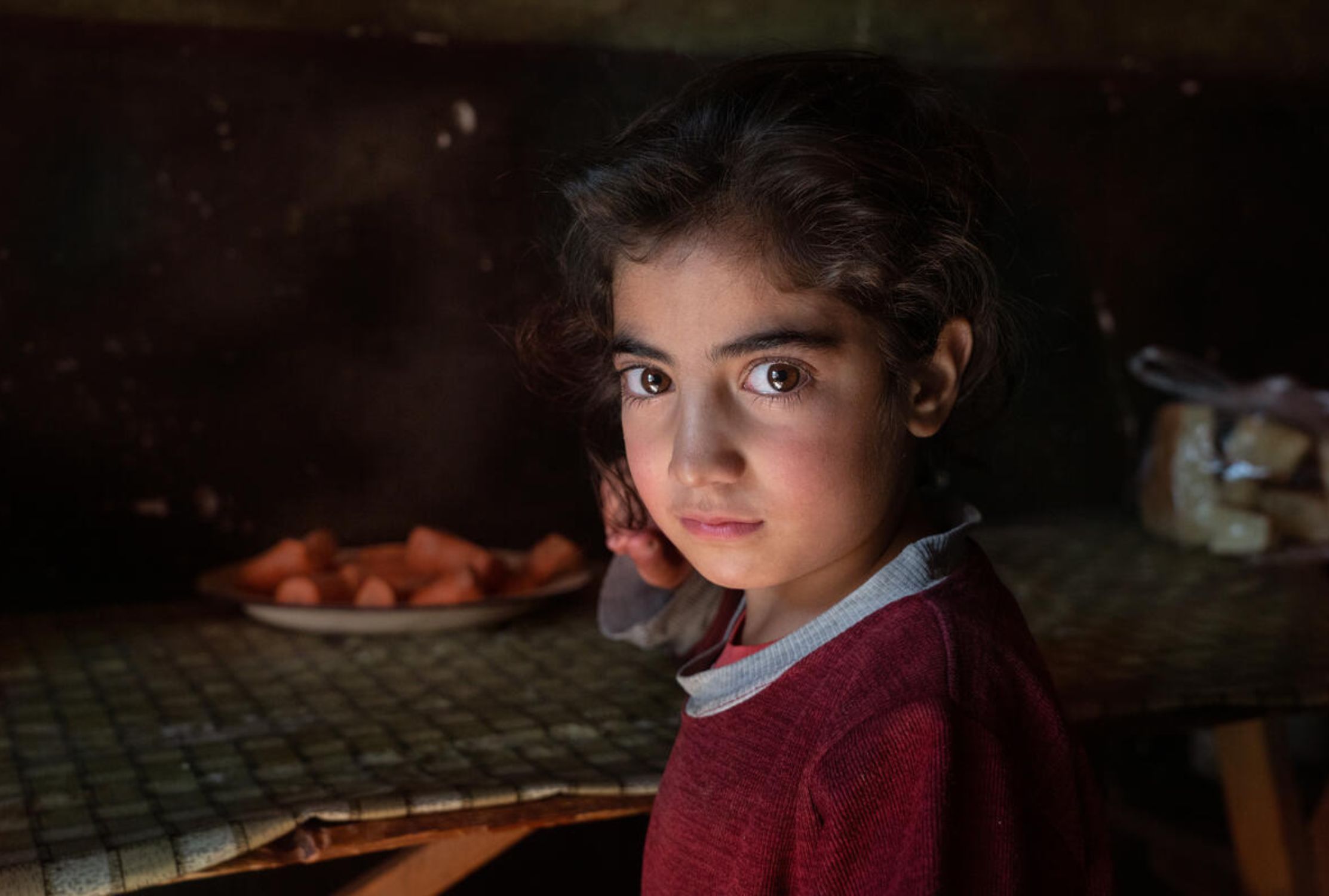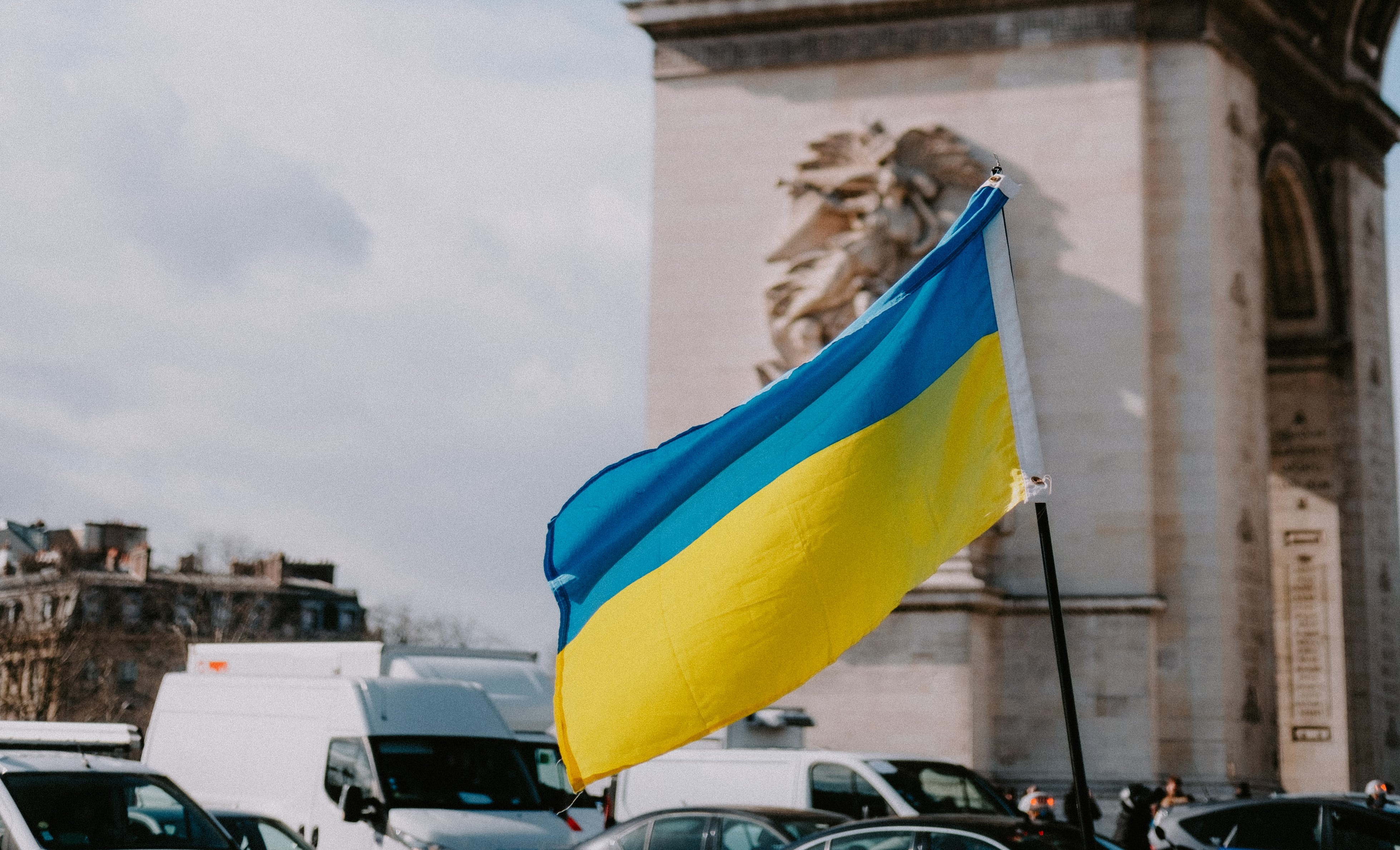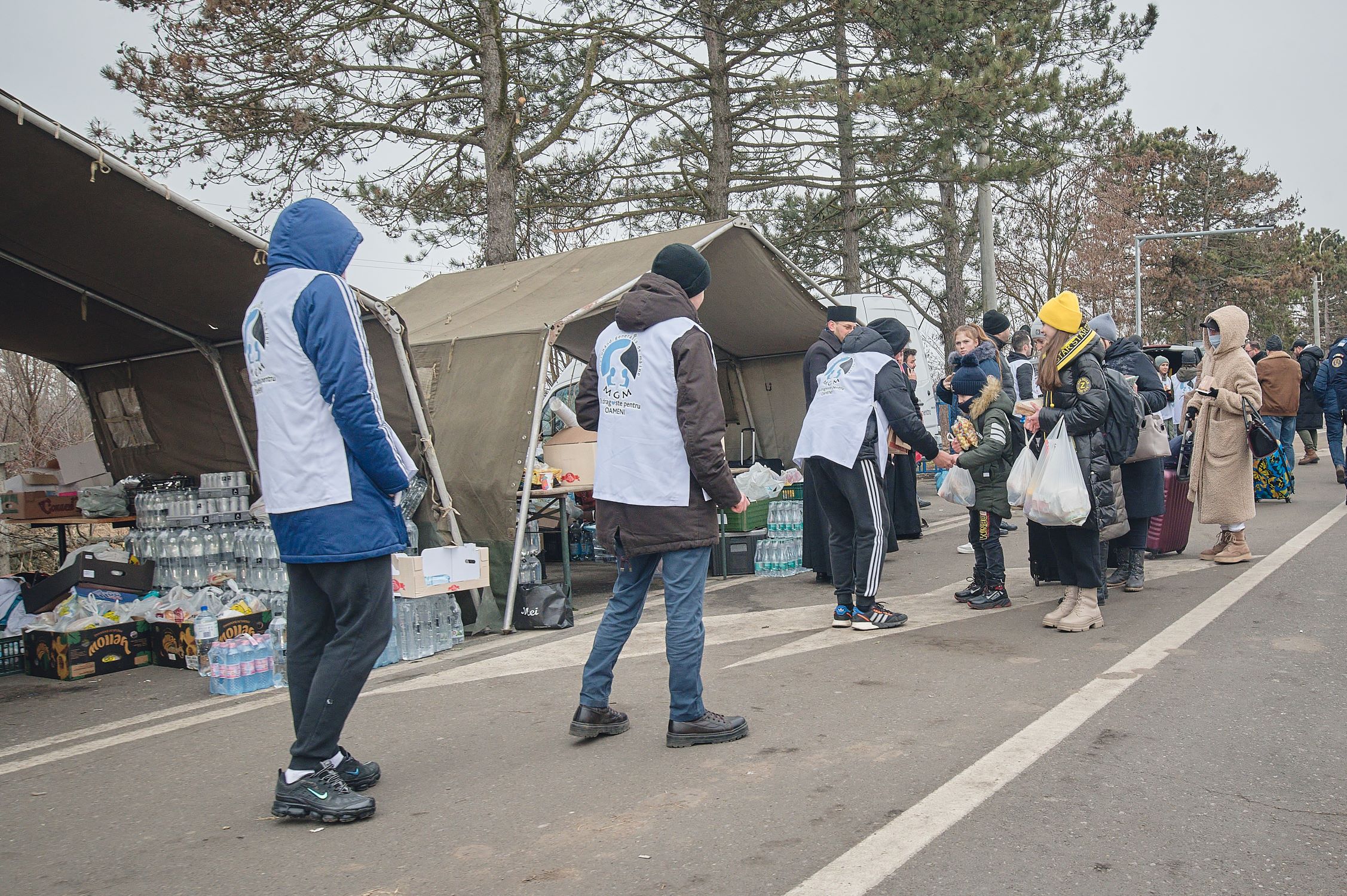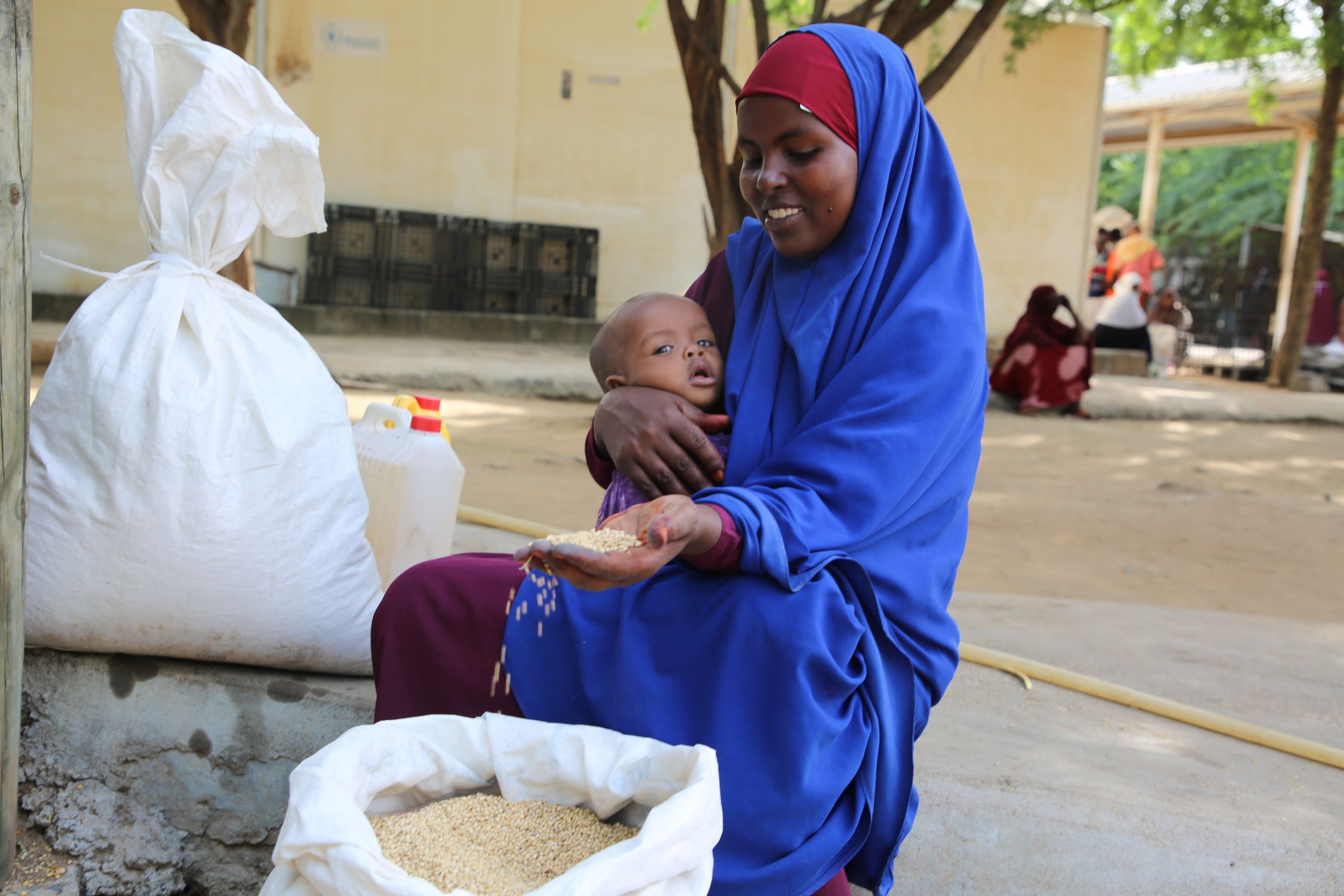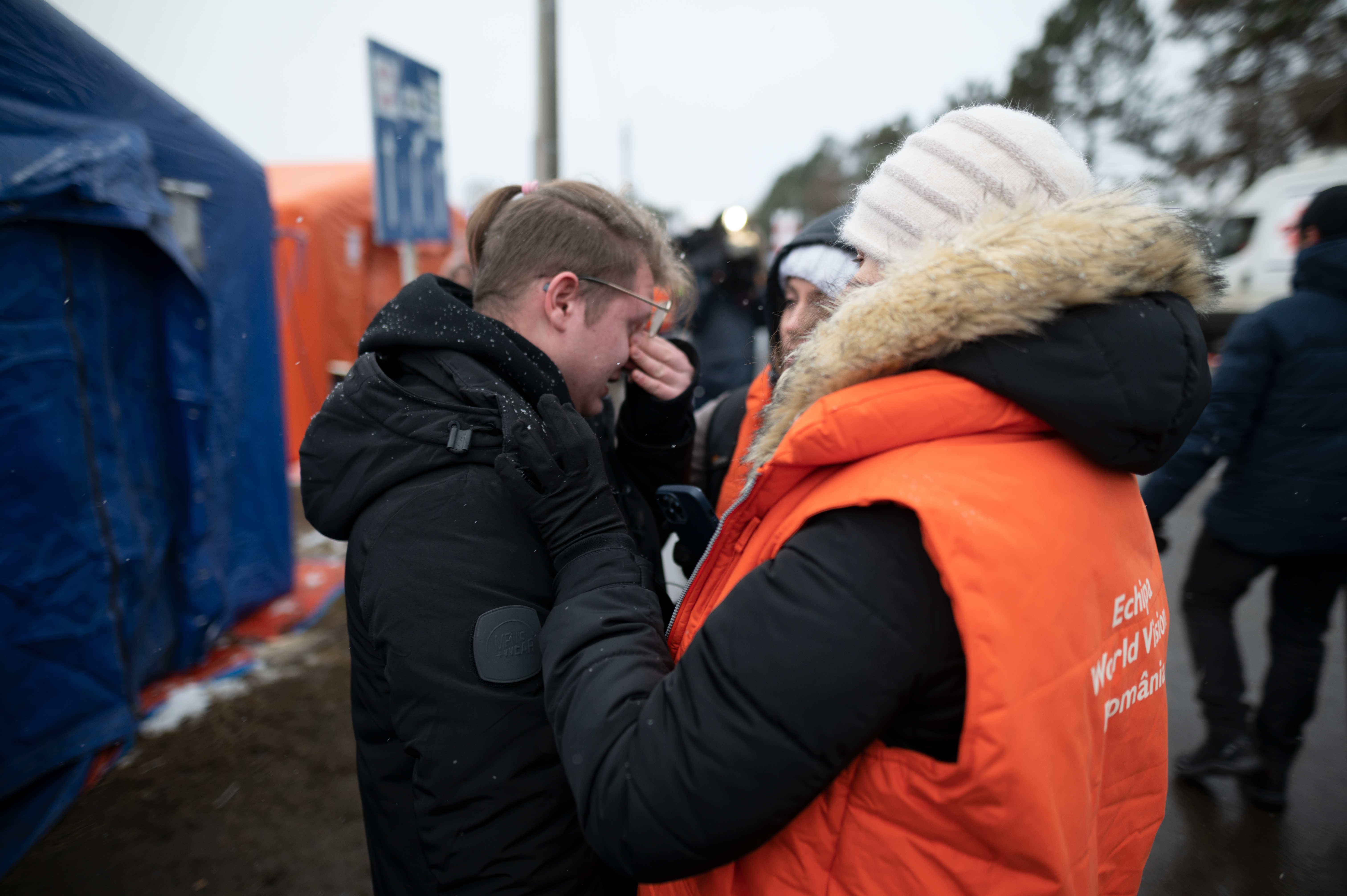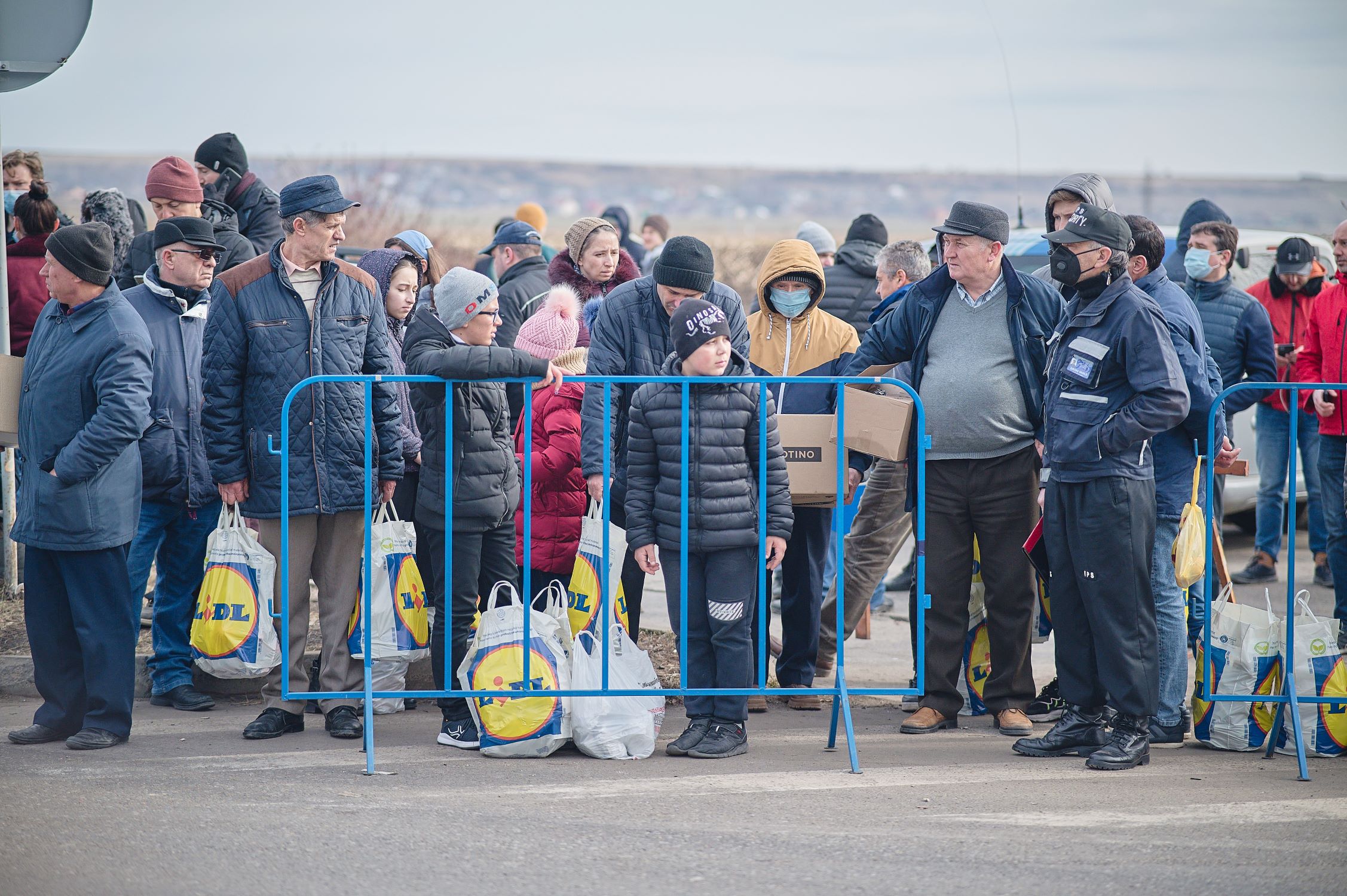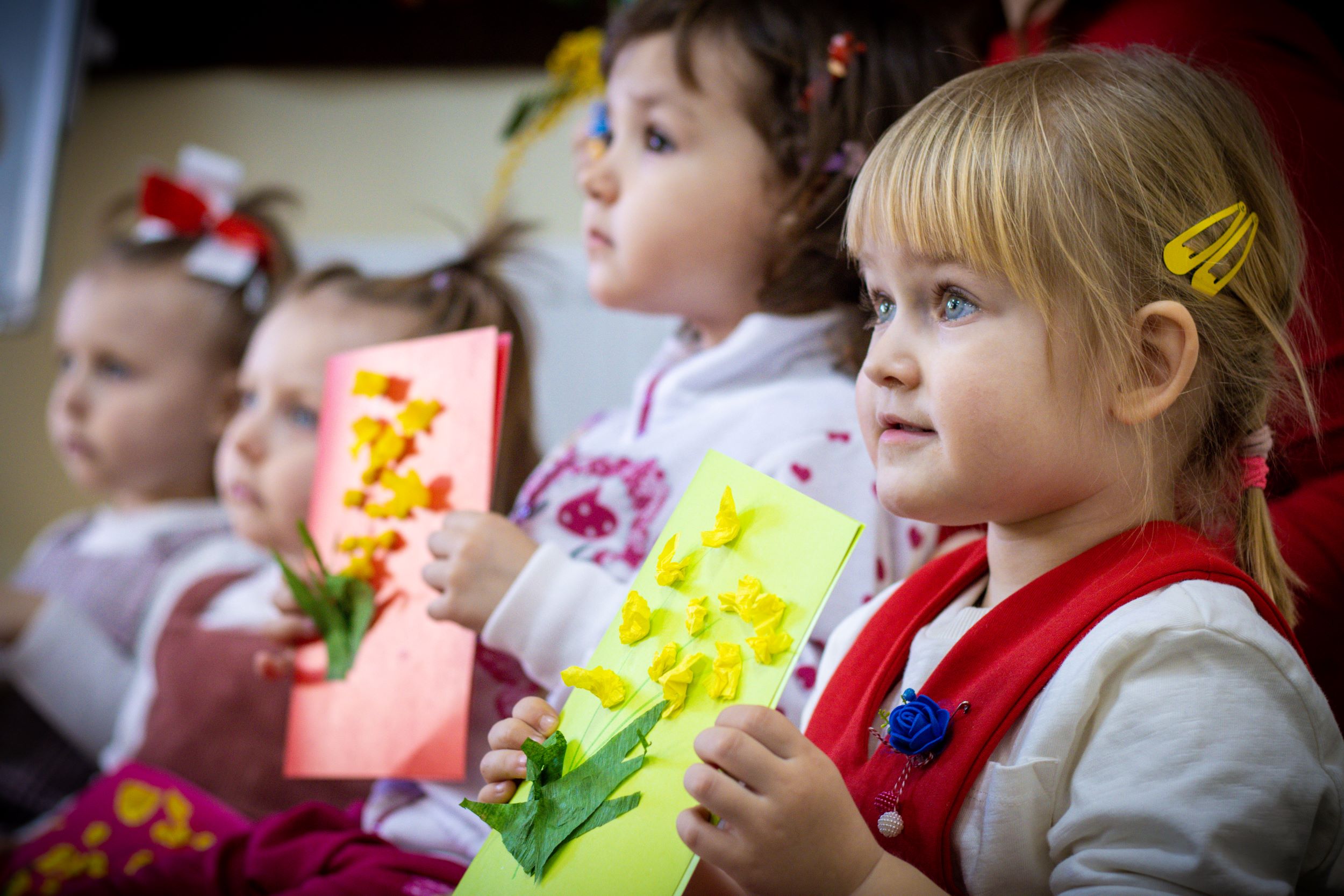
Ukraine conflict: two-year anniversary
Your support has helped 1.6 million people in Ukraine and neighbouring countries
On 24 February 2022, life irrevocably changed for millions of Ukrainians. Since then, thousands of lives have been lost while cities and towns have been devastated. Homes, schools, hospitals and so much more destroyed.
Two years since the conflict in Ukraine began, World Vision has supported over 1.6 million people, almost half of whom are children, in Ukraine and in neighbouring countries.
We want to thank our supporters for making such a huge difference in the lives of children in Ukraine, as well as those staying as refugees in neighbouring countries.
You are helping children cope with the trauma of conflict and uncertainty.
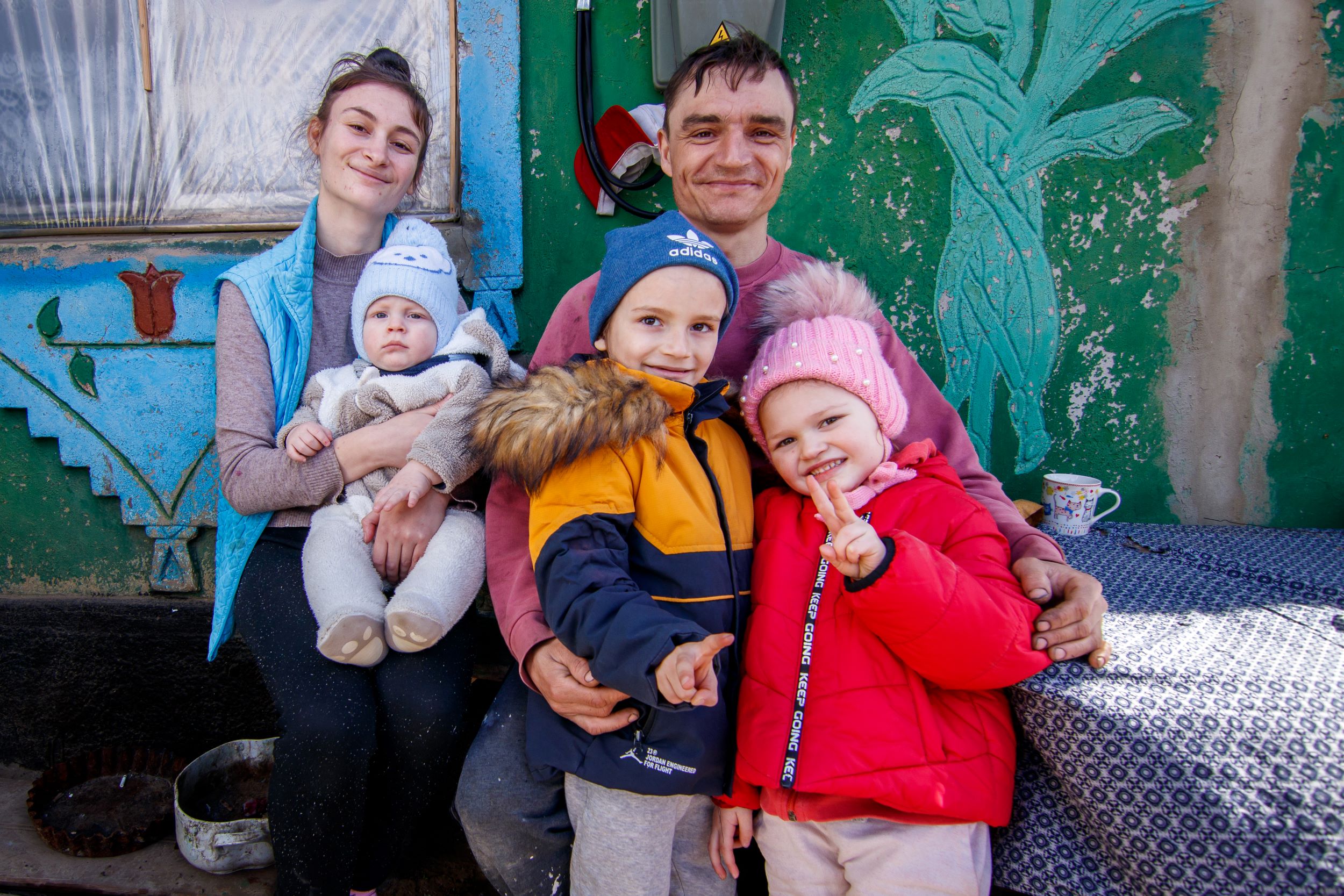
What are the current needs in Ukraine?
Today more than 17 million people inside Ukraine are in need of humanitarian assistance while over six million have taken refuge throughout Europe. Those who remain in Ukraine – including millions of children – fear for their lives as they cope with the realities of conflict.
Winter has brought a new set of challenges with temperatures plummeting to below -20°C at a time when families are facing continued attacks on energy, water and gas facilities.
For children coping with the trauma of the ongoing conflict in Ukraine – missing their fathers and fearing the worst – not even school provides a distraction. Over 3,800 schools and educational institutions have been damaged or destroyed, disrupting education for millions of children.
How is World Vision helping children in Ukraine?
Children and families are facing trauma upon trauma, with no idea when it will end or what the future might hold. But World Vision and partners are there, helping children and supporting their physical and mental wellbeing.
Our crisis response has reached those in Ukraine itself, as well as Ukrainian refugees in Romania, Moldova and Georgia.
Child Friendly Spaces, organised by World Vision’s partners, are making a difference in the lives of these children. Our key response activities include working with local partner organisations to provide cash assistance, psychosocial support and education support. World Vision has reached more than 770,000 children in Ukraine and in neighbouring countries with education, mental health, protection, food security, and basic needs services.
You can help us continue working on these vital projects by making a donation today.
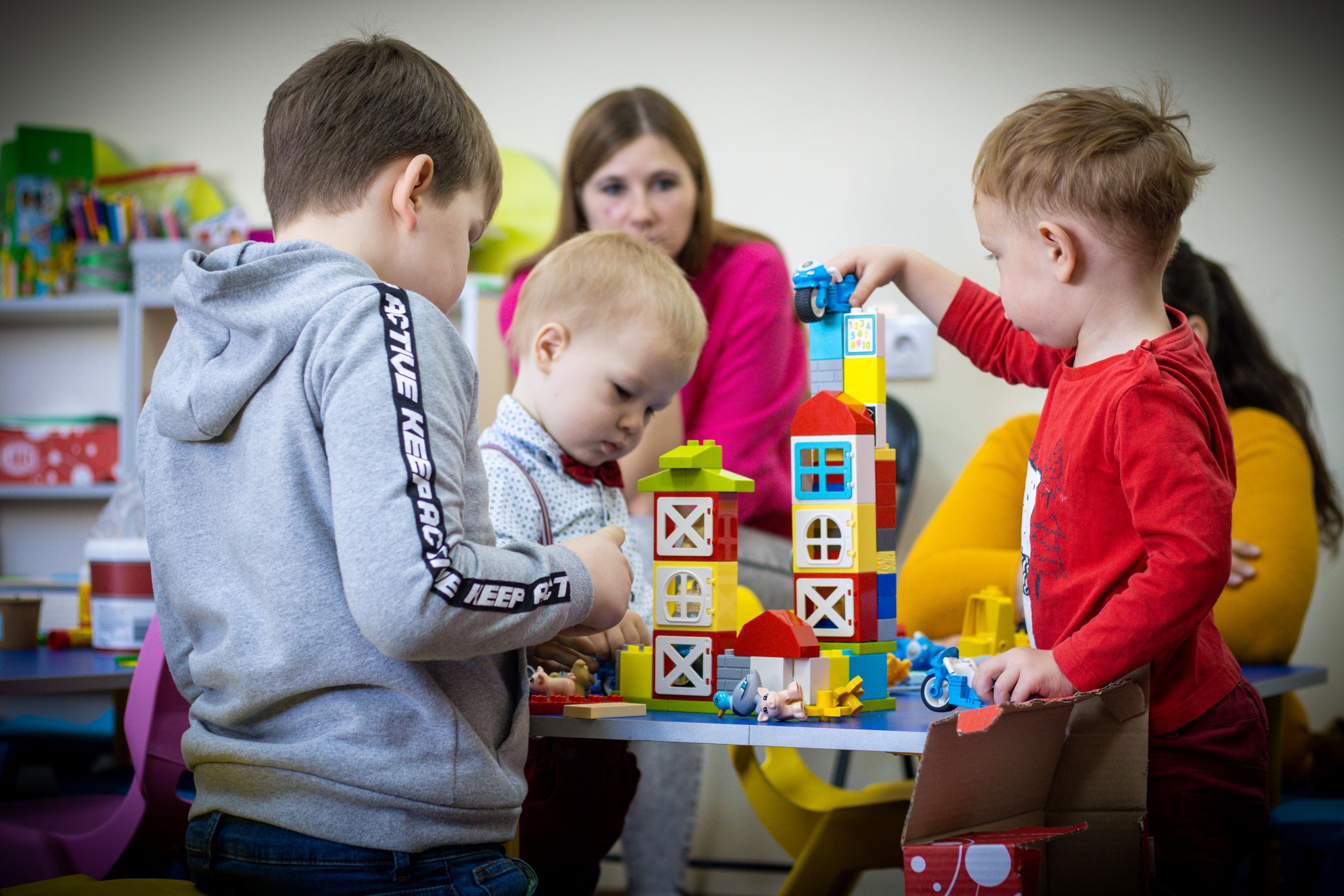
What is it like for children living in Ukraine?
Life for children living in Ukraine is far from easy, as Eva’s story shows.
On a frigid December morning in Lviv Oblast, western Ukraine, nine-year-old Eva wakes up to the sound of her alarm clock.
It’s Monday and she follows her usual routine, even though "routine” is hardly a word that describes her life for the past two years. "Unpredictable", "tumultuous" and "frightening" would be better words.
School, but not as we know it
Eva rushes to the kitchen after putting on layers of clothing, meticulously laid out on the dark brown chair the night before. She quickly eats a sandwich prepared by her mum then pulls on her backpack, crammed with textbooks, notes and a colourful pencil case.
Alongside her 16-year-old brother, Eva walks the snow packed streets to school, the cold seeping into her bones, step by step.
She finds a seat in the dimly lit classroom, white walls peeling, worn-out tables and chairs set up in rows. The sound of children’s whispers reverberates as they wait for their teacher to arrive.
Just 25 minutes into their lesson, a sharp alarm pierces the air. Desks are quickly abandoned in a hurried but organised procession.
The children are led along narrow hallways, underneath flickering emergency lights, to a cold concrete shelter.
"Not everyone has equal resources"
“In the last year, I don’t remember a week without at least one class being disrupted,” Eva shares. Like most children in the country, she has been exposed to hybrid learning since the conflict began in February 2022.
Due to significant risk of bombings and explosions in the area, many of Eva’s classes have been held online. But there are drawbacks to an online education.
“When there is a persistent shortage of energy and internet connection, it is extremely difficult to attend online lessons,” shares Iryna, Eva’s mother. Teachers and children face several power outages each day, limiting access to online schooling.
“The early years of elementary school are critical to a child’s education and future brain development,” explains Lyudmila Roman, a teacher from Lviv Oblast who works with Teach for Ukraine, a local partner of World Vision.
“My greatest challenge is to provide common knowledge to every child I teach in an equitable manner, because not everyone has equal resources,” she continues.
Some of the students may not have access to proper devices, while others may have more blackouts than others, resulting in missed classes.
“We don’t have a computer, therefore my two children must access the online classes via phone,” says Iryna.
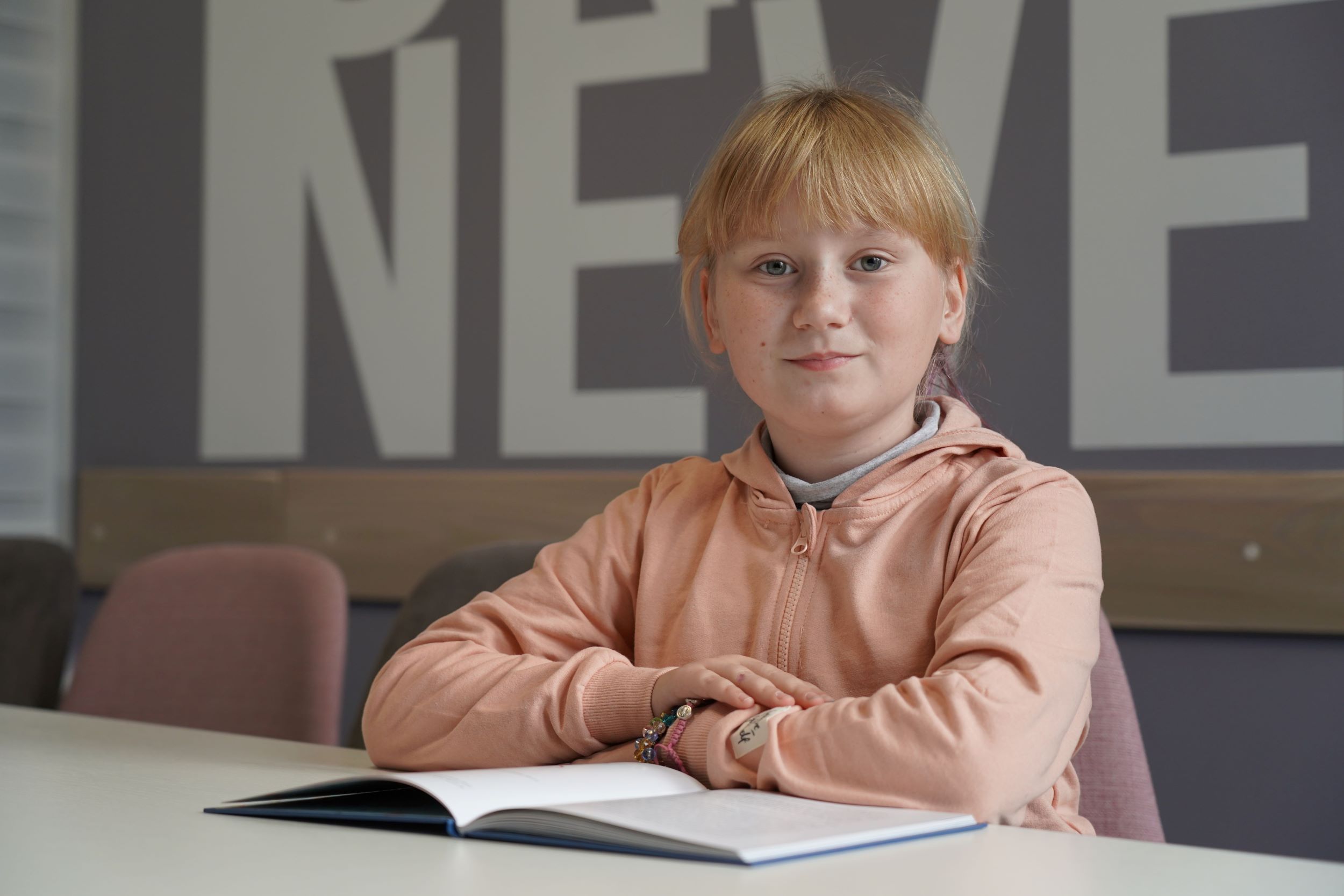
Gaps in education
The continued escalation of the Ukraine conflict has compromised access to quality education for around 71% of Ukrainian children aged 3-17. Moreover, nearly two-thirds of the country’s children are internally displaced, as are 43,000 Ukrainian teachers.
“It’s difficult to keep the learning process equal,” shares Roman. “I begin to notice various gaps.”
Teach for Ukraine conducted assessments that evaluated Ukrainian children’s literacy and numeracy skills individually, to uncover and avoid learning gaps.
The assessment covered children aged six to nine in four regions: Dnipro, Zaporizhzhia, Lviv and Kharkiv.
“The evaluation will provide an excellent chance to determine how capable our children are and to address any gaps that may exist in a timely manner,” explains Roman.
READ MORE: Report on Education, World Vision Ukraine Crisis Response
The reality of school in conflict
Eva, who along with her peers, spends more than two hours between the dark grey walls of the basement. The teacher strives to keep their attention, but other groups of children sit within the space and it’s difficult to focus.
This is the reality Ukrainian children face every week, but they keep going with their education. They keep hoping. They keep dreaming about a Ukraine free of air raid sirens and bombs.
“I want to be an astrologist, but my greatest wish is for my father to return from war,” shares Eva.
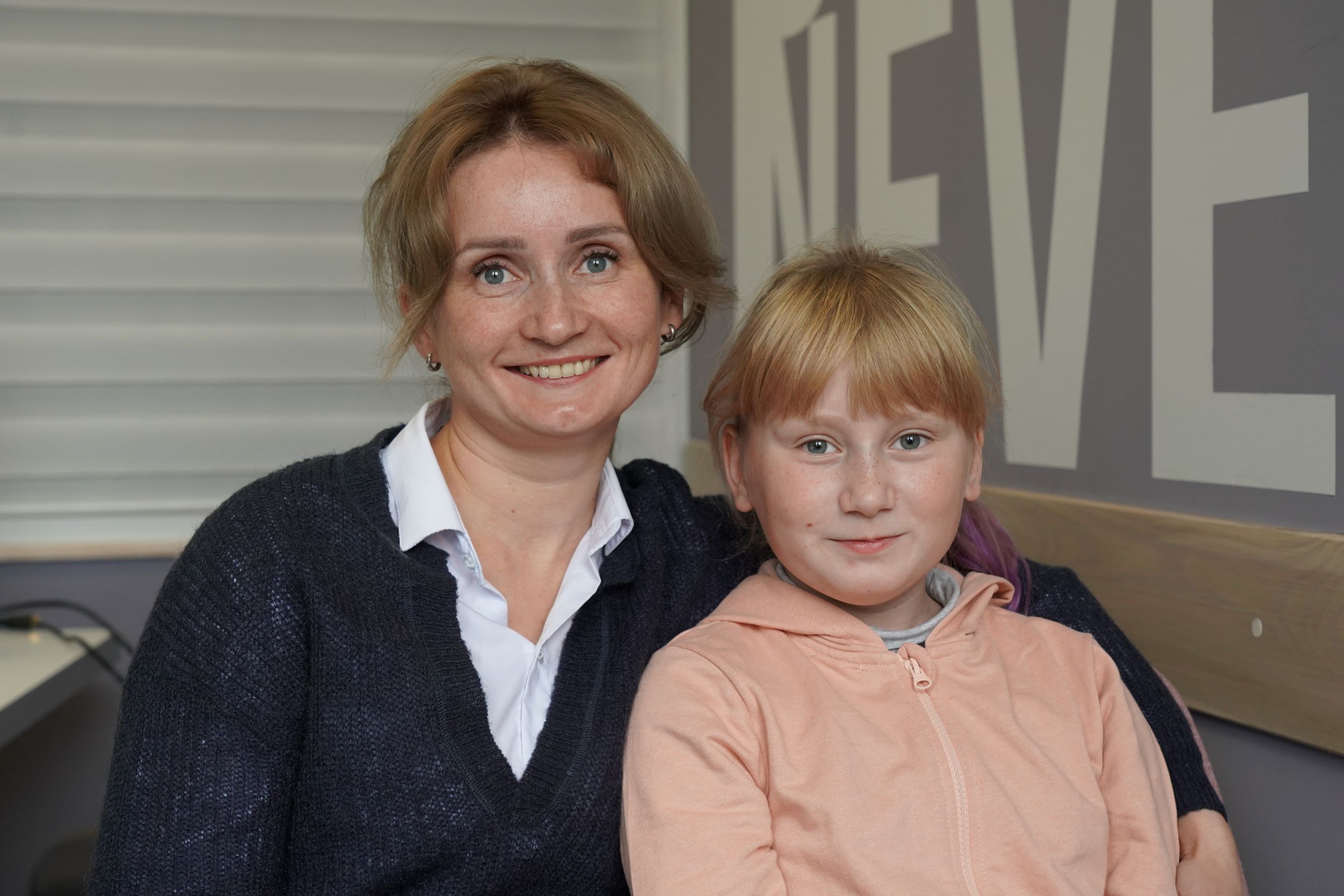
We’ll be there as long as we’re needed
World Vision and partners continue to support children and their families in Ukraine, Romania, Moldova and Georgia. And we will stay for as long as we’re needed.
As a children’s charity, World Vision believes that every child deserves hope and a future. This includes children living through conflict and disaster.
With your help, we can support displaced children and families in Ukraine and neighbouring countries.

